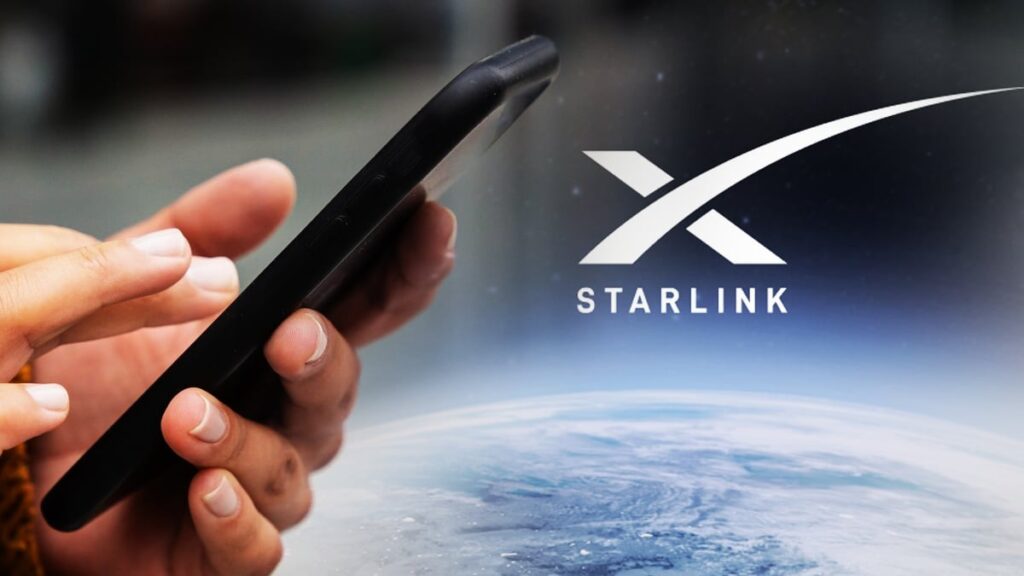Starlink has switched on early direct to phone links that let regular 4G handsets send and receive texts through satellites. The rollout is small for now, but it introduces a new safety layer for places where phone towers do not reach.
Why this matters
Large parts of rural and coastal regions still face dead zones. Bad weather and power cuts can shut towers for hours. In these moments, a simple message can help with safety, planning, and coordination. That is the role of direct to phone texting.

How it works
Starlink satellites carry mobile radios that mimic a normal cell tower. When your phone cannot see a ground tower, it attaches to the satellite instead. It uses the same messaging app on your phone, no special settings and no extra equipment.
A clear view of the sky helps the signal. Indoors, windows and doorways work better than deep interior rooms.
Phones that work
Most modern 4G phones support the signal. This includes many models from Apple, Samsung, Google, and common Android brands. If a phone handles standard LTE calls and texts on your carrier, it can send satellite texts when tower coverage is missing.
Where and when it rolls out
Availability depends on each country’s rules and carrier agreements. Early partners include operators in the United States, Australia, Canada, Europe, and a few other regions. Texting begins in mid 2025 in selected areas.
What you can expect at first
Only texting works in the beginning. Voice calls and data follow later. Signal strength varies with tree cover, hills, and metal roofs. Capacity is limited, so it is meant for essential communication rather than heavy use.
Situations where it helps
Hikers can check in from remote trails. Farmers can confirm deliveries from fields. Coastal travelers can send updates offshore. Most importantly, satellites keep basic messaging alive during storms, fires, and power failures that disable nearby towers.
The path ahead
Starlink plans more satellites through 2025 and 2026. More spacecraft improve coverage and let more users connect at once. Carriers will set pricing for satellite messages, either as part of premium plans or as a travel safety add on.
Voice and basic data are expected in 2026, expanding the service from simple texting to everyday communication when networks on the ground go quiet.
